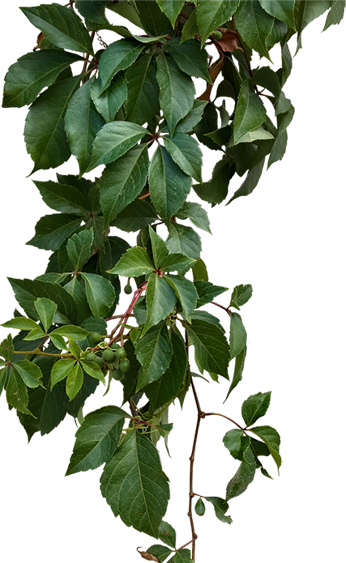
Benefits of Full-Spectrum LED Lights for Tissue Culture and Seedling Growth
- Home
- Benefits of Full-Spectrum LED Lights for Tissue Culture and Seedling Growth
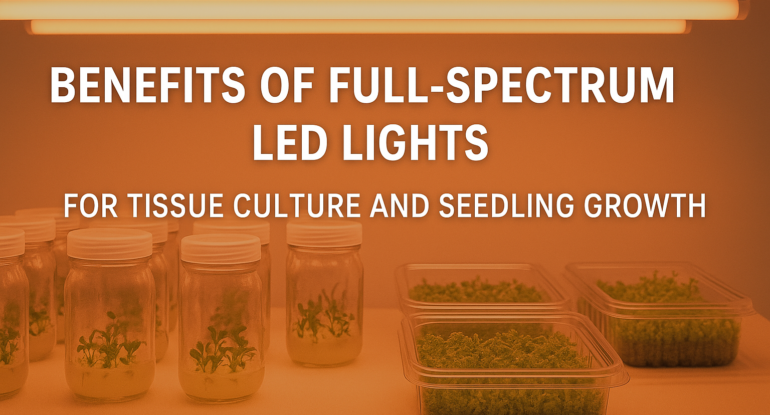
Benefits of Full-Spectrum LED Lights for Tissue Culture and Seedling Growth
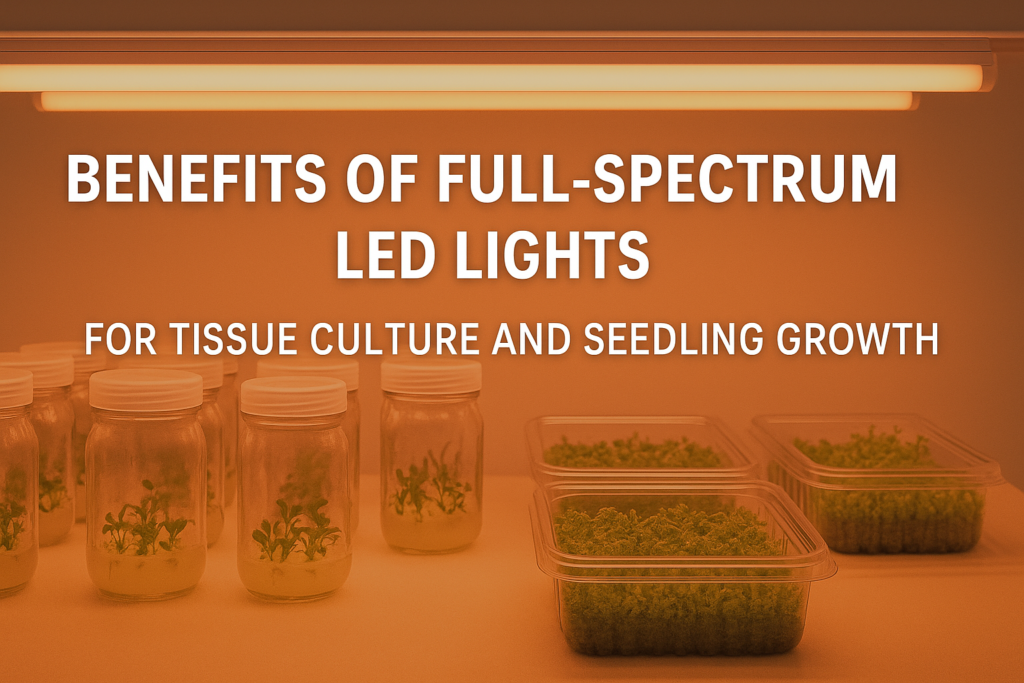
The advancement of full-spectrum LED grow lights has revolutionized modern agriculture—especially for delicate processes like tissue culture and seedling development. In New Zealand, where growers, horticulturists, and research labs aim for high yield, energy efficiency, and plant uniformity, full-spectrum lighting has become an essential part of the cultivation strategy.
This comprehensive guide explores the top benefits of full-spectrum LED grow lights for tissue culture and seedling growth, including light science, application strategies, energy savings, and commercial impact.
What Are Full-Spectrum LED Grow Lights?
Full-spectrum LED grow lights mimic natural sunlight, offering a broad range of wavelengths from ultraviolet (UV) to infrared (IR). These lights typically include:
Blue Light (400–500 nm): Encourages vegetative growth and compact plant structure.
Red Light (600–700 nm): Essential for root formation, flowering, and fruiting.
Green Light (500–600 nm): Enhances canopy penetration.
Far-Red Light (700–750 nm): Influences flowering cycles and plant elongation.
UV Light (100–400 nm): Stimulates secondary metabolite production and stress tolerance.
Full-spectrum lighting provides a balanced wavelength distribution, making it suitable for all plant growth stages—from explant initiation to transplant-ready seedlings.
Why Full-Spectrum LEDs Are Essential in Tissue Culture
Tissue culture, or micropropagation, is the process of growing plants in sterile, nutrient-rich media under controlled conditions. Lighting plays a critical role in:
Callus initiation
Shoot proliferation
Root induction
Hardening stages
Key Benefits for Tissue Culture:
1. Balanced Growth with Blue and Red Light
In tissue culture, explants require a fine balance of blue and red wavelengths. Full-spectrum LEDs deliver optimal ratios that:
Stimulate chlorophyll synthesis
Enhance photosynthetic efficiency
Promote balanced root and shoot growth
This is especially useful for propagating plants like bananas, orchids, strawberries, and medicinal herbs in New Zealand tissue culture labs.
2. Uniform Light Distribution Across Culture Shelves
Full-spectrum LED light bars and panels are engineered to offer uniform PAR (Photosynthetically Active Radiation) across growing surfaces. This leads to:
Consistent explant growth across trays
Reduced photoinhibition and light stress
Fewer morphological abnormalities
In vertical farming racks, uniformity ensures high throughput and better yield per shelf.
3. Reduced Heat Output and Risk of Contamination
Unlike traditional HPS or fluorescent lighting, full-spectrum LED lights produce minimal heat, making them ideal for sealed and sterile environments. Less heat means:
Reduced contamination risks
Lower cooling costs
Safer handling near sensitive cultures
For growers in warmer regions of NZ or in climate-controlled greenhouses, this translates to energy savings and improved lab safety.
4. Customizable Spectral Output for Research and Precision Growing
Many advanced full-spectrum LEDs used in New Zealand now offer programmable spectrums, allowing labs and growers to tailor wavelengths to:
Specific plant genotypes
Culture stages (callus, shoot, root)
Regional climate factors
This is highly advantageous in plant biotechnology and academic research facilities where optimization is crucial.
Benefits of Full-Spectrum LEDs for Seedling Growth
Once tissue culture plants are acclimatized or when seeds germinate in nurseries, seedling growth requires different light management. Full-spectrum LEDs provide benefits such as:
5. Faster Germination and Stronger Seedlings
The blue and red portions of the spectrum stimulate rapid germination, improved cell division, and sturdy stem formation. This results in:
Healthier, pest-resistant seedlings
Uniform canopy height
Faster transplanting cycles
Growers of vegetables, ornamentals, and fruit trees in NZ benefit from quicker production and higher propagation success.
6. Better Morphology and Compact Growth
New Zealand’s indoor growers and hobbyists often face leggy or stretched seedlings when using poor lighting. Full-spectrum LEDs help produce:
Compact, short-internode seedlings
Better root-to-shoot ratio
Higher survival rate during transplantation
This is vital in vertical farming, greenhouses, or limited-space growing rooms.
7. Improved Nutrient Absorption and Photosynthesis
Full-spectrum lighting improves the uptake of water and nutrients, thanks to higher photosynthetic rates. Resulting seedlings are:
More resilient to transplant shock
Quicker to enter vegetative stages
More efficient in water use
This helps optimize fertilizer costs and improves ROI for both commercial and small-scale growers.
New Zealand Case Study: A Rotorua Seedling Nursery
A commercial nursery in Rotorua replaced old metal halide lamps with programmable full-spectrum LEDs across their seedling trays. The results:
32% faster germination of lettuce and tomato seedlings
22% increase in uniformity rate
47% savings on monthly electricity costs
15% higher transplant survival
These LEDs were tuned to deliver 160 µmol/m²/s PPFD, with a 16-hour photoperiod, ideal for early growth.
Environmental and Economic Benefits for NZ Growers
Switching to full-spectrum LED lights offers long-term advantages in the New Zealand growing climate:
✅ Energy Savings: Up to 60% less power use compared to fluorescent or HID lamps
✅ Lower Carbon Footprint: Ideal for eco-conscious and organic farms
✅ Reduced Maintenance: 50,000+ hour lifespan with minimal degradation
✅ Government Grants: Eligibility under some NZ sustainability programs
For indoor growers, tissue culture labs, and vertical farms, this lighting solution reduces both operational costs and environmental impact.
How to Choose the Right Full-Spectrum LED for Your Setup
Whether you’re managing a commercial tissue culture lab or a small seedling nursery, consider:
| Feature | Importance |
|---|---|
| Adjustable Spectrum | Tailors to crop types and stages |
| Dimmable Output | Controls intensity for delicate growth |
| Uniform Coverage | Crucial for multi-shelf or multi-tray setups |
| IP Rating | Ensures protection from humidity |
| Certifications | Look for CE, RoHS, or NZ-compliant marks |
Conclusion
Full-spectrum LED lights offer unmatched versatility and efficiency for tissue culture and seedling production. For growers across New Zealand, from biotech labs to indoor hobbyists, these lights deliver:
Faster, uniform plant growth
Reduced power consumption
Precise spectrum control
Minimal heat and contamination risks
As sustainable agriculture gains momentum in New Zealand, integrating full-spectrum LED lighting into your micropropagation or nursery setup is a step toward profitable, eco-friendly cultivation.
Frequently Asked Questions (FAQs)
1. What is a full-spectrum LED grow light?
Answer: A full-spectrum LED grow light emits a balanced range of wavelengths—mimicking natural sunlight—including blue, red, green, far-red, and sometimes ultraviolet (UV). It supports all stages of plant growth, from tissue culture to flowering and fruiting, making it ideal for indoor and greenhouse farming in New Zealand.
2. Are full-spectrum LEDs better than regular grow lights?
Answer: Yes. Full-spectrum LEDs provide more tailored wavelengths for photosynthesis and plant development. Compared to standard white or single-spectrum lights, they offer better plant morphology, faster growth rates, and improved energy efficiency—crucial for tissue culture and seedling production.
3. How do full-spectrum lights help in tissue culture?
Answer: In tissue culture, full-spectrum lights deliver precise blue and red wavelengths necessary for shoot and root development. They also emit low heat, which helps maintain sterile lab conditions and reduces the risk of contamination—key for successful micropropagation.
4. What spectrum is best for seedling growth?
Answer: For seedlings, a light with higher blue spectrum (400–500 nm) encourages compact, strong stem growth, while red light (600–700 nm) aids in root and early leaf development. A full-spectrum LED ensures both are adequately provided.
5. Do full-spectrum LED grow lights save energy?
Answer: Absolutely. Full-spectrum LEDs consume significantly less power than traditional HID or fluorescent lights. Many growers in New Zealand report 30–60% reductions in energy costs, along with longer lifespan and lower maintenance needs.
6. How long should I run full-spectrum lights for seedlings?
Answer: A 16-hour light / 8-hour dark cycle is ideal for most seedlings and tissue culture plants. This photoperiod supports healthy growth while mimicking natural daylight cycles found in New Zealand’s spring and summer months.
7. Are full-spectrum grow lights suitable for vertical farming?
Answer: Yes. Their low-profile design, low heat emission, and uniform light output make full-spectrum LED bars perfect for multi-tier vertical farming setups, allowing growers to maximize space and efficiency.
Related posts:
No related posts.
Popular Products
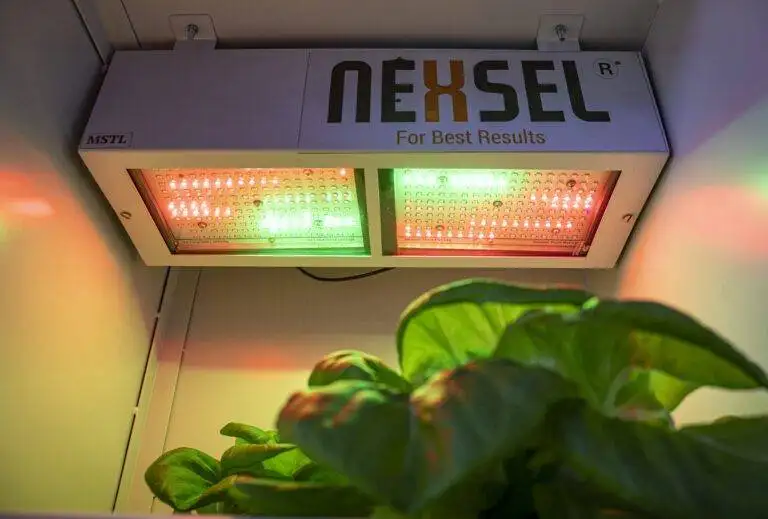
Enquire Now
Quick Link
Other Links
Design & Developed By VBTEK

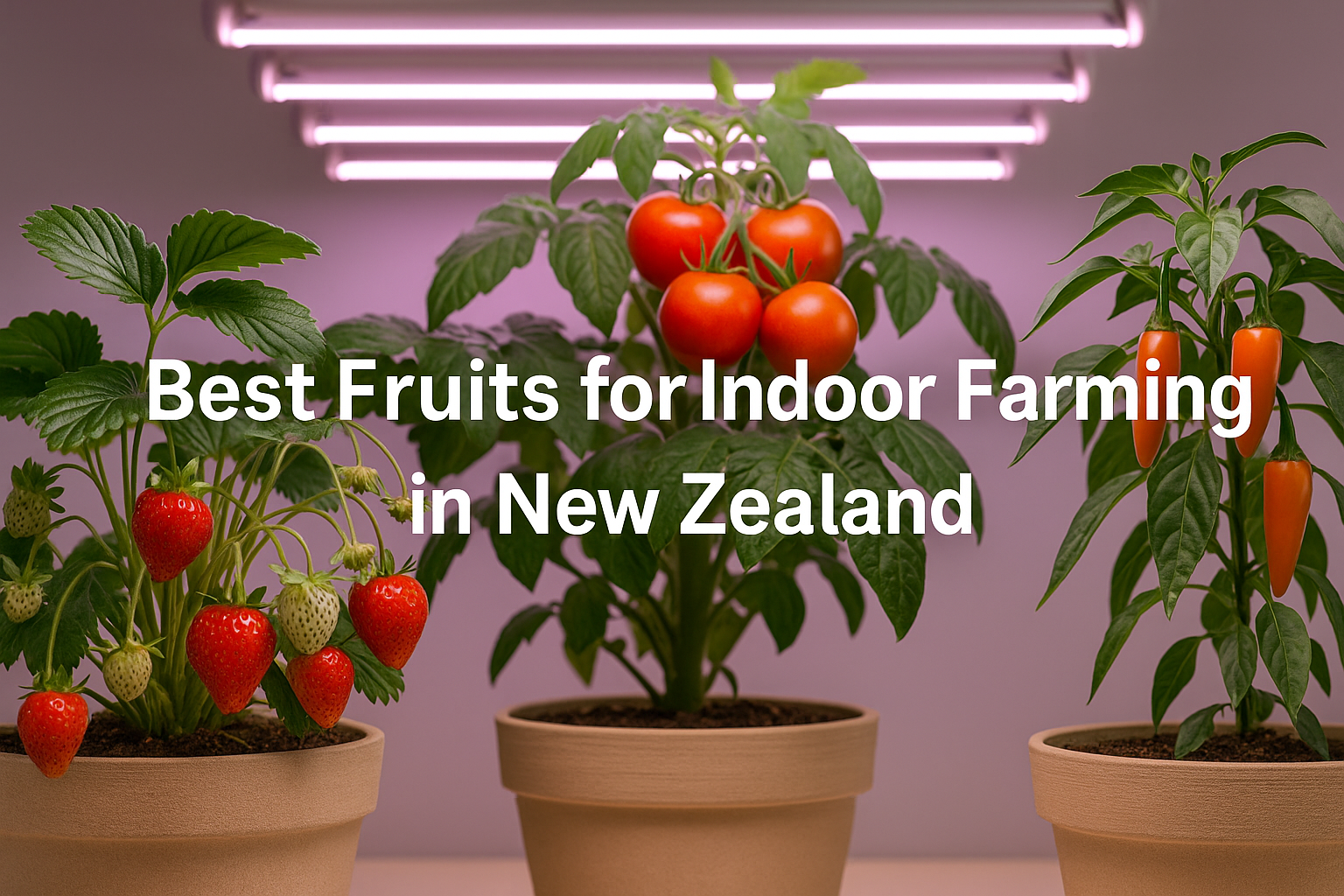




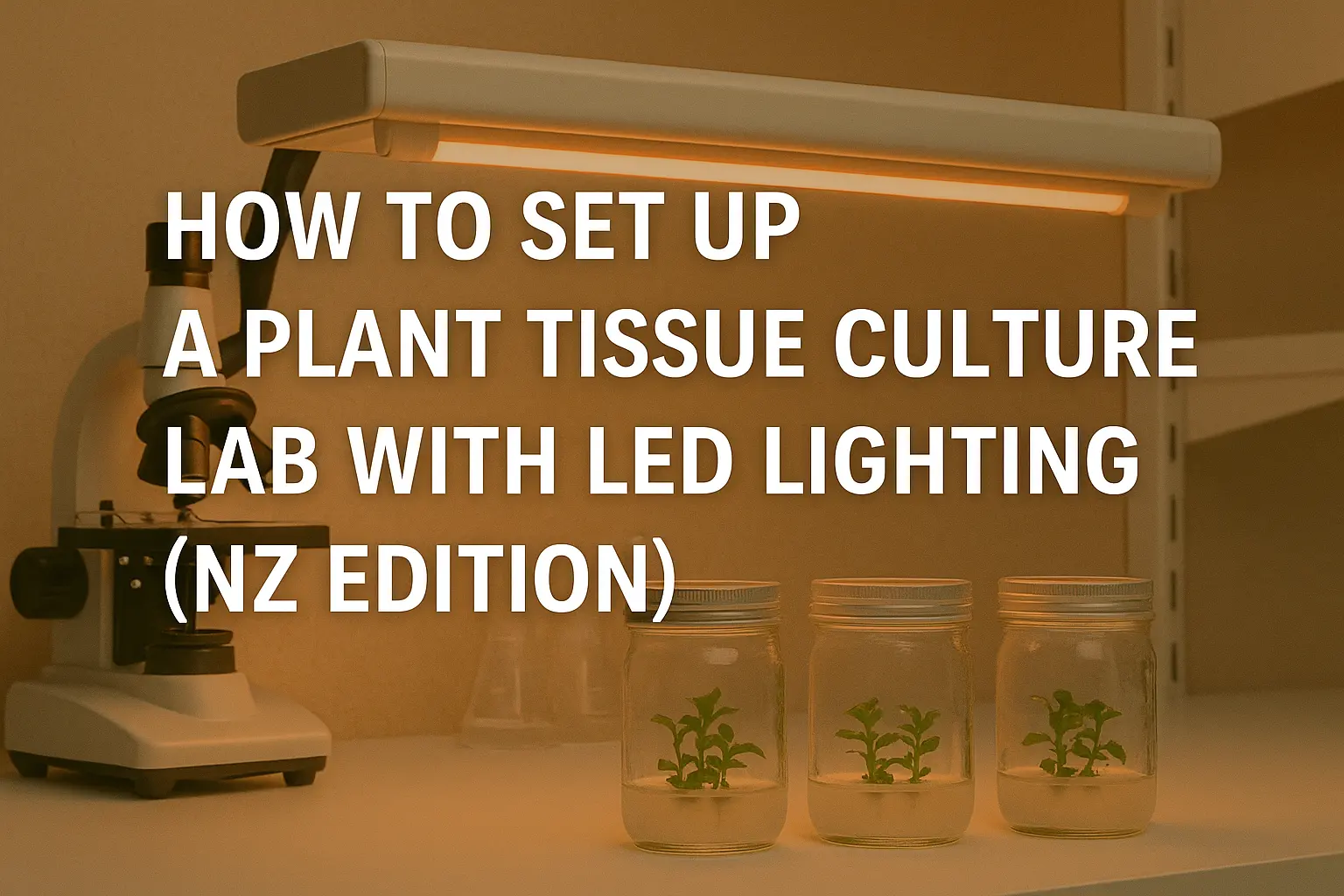
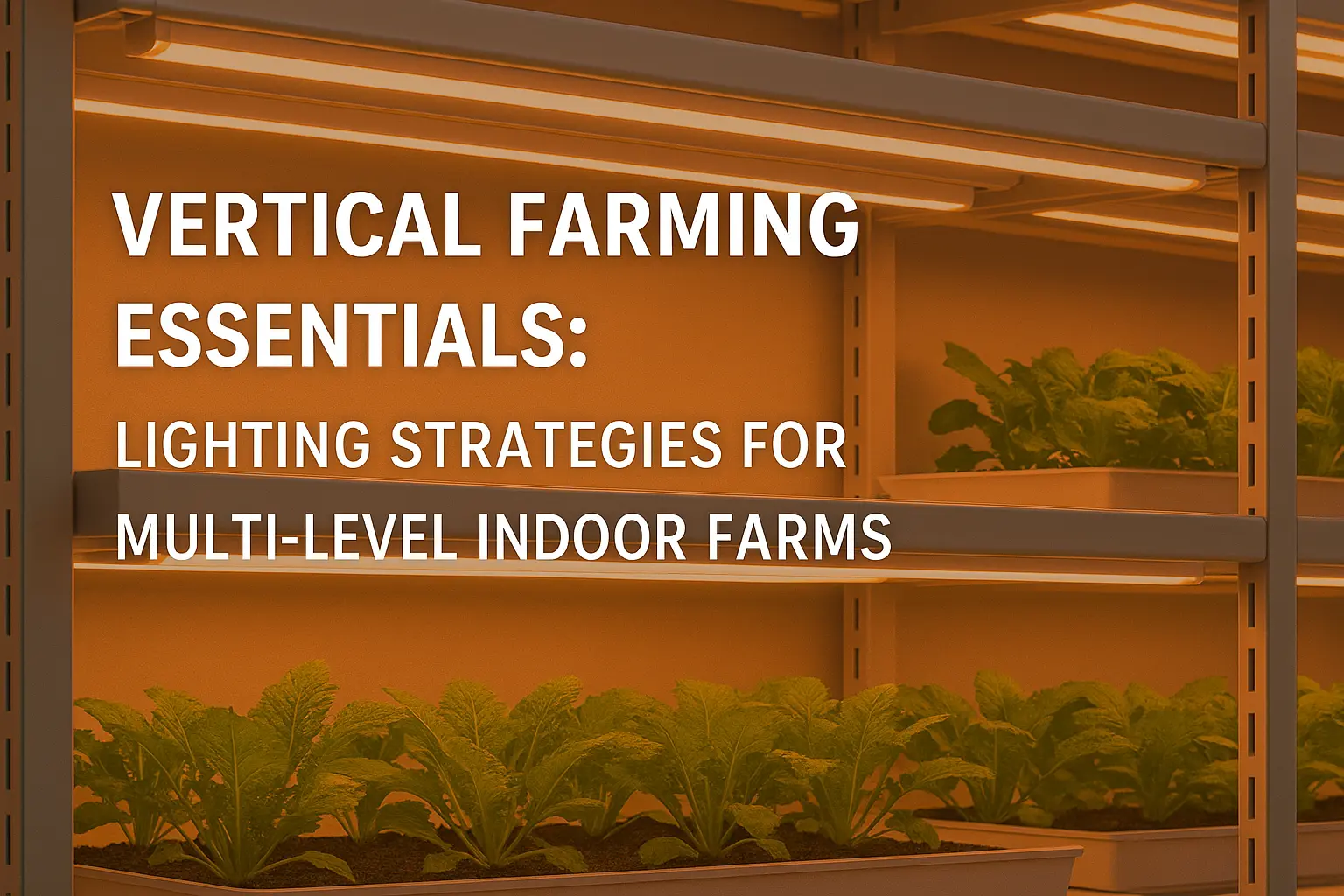
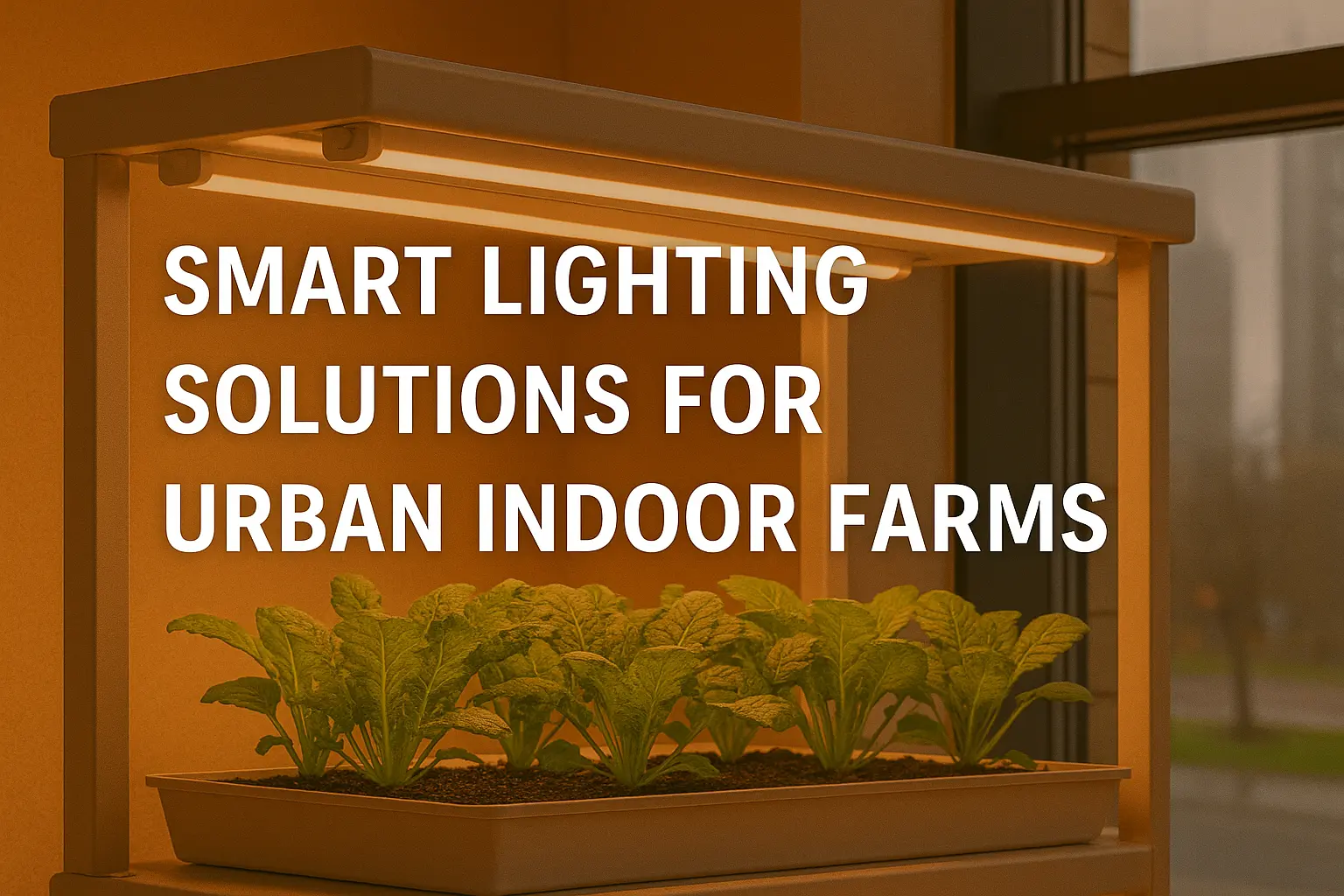
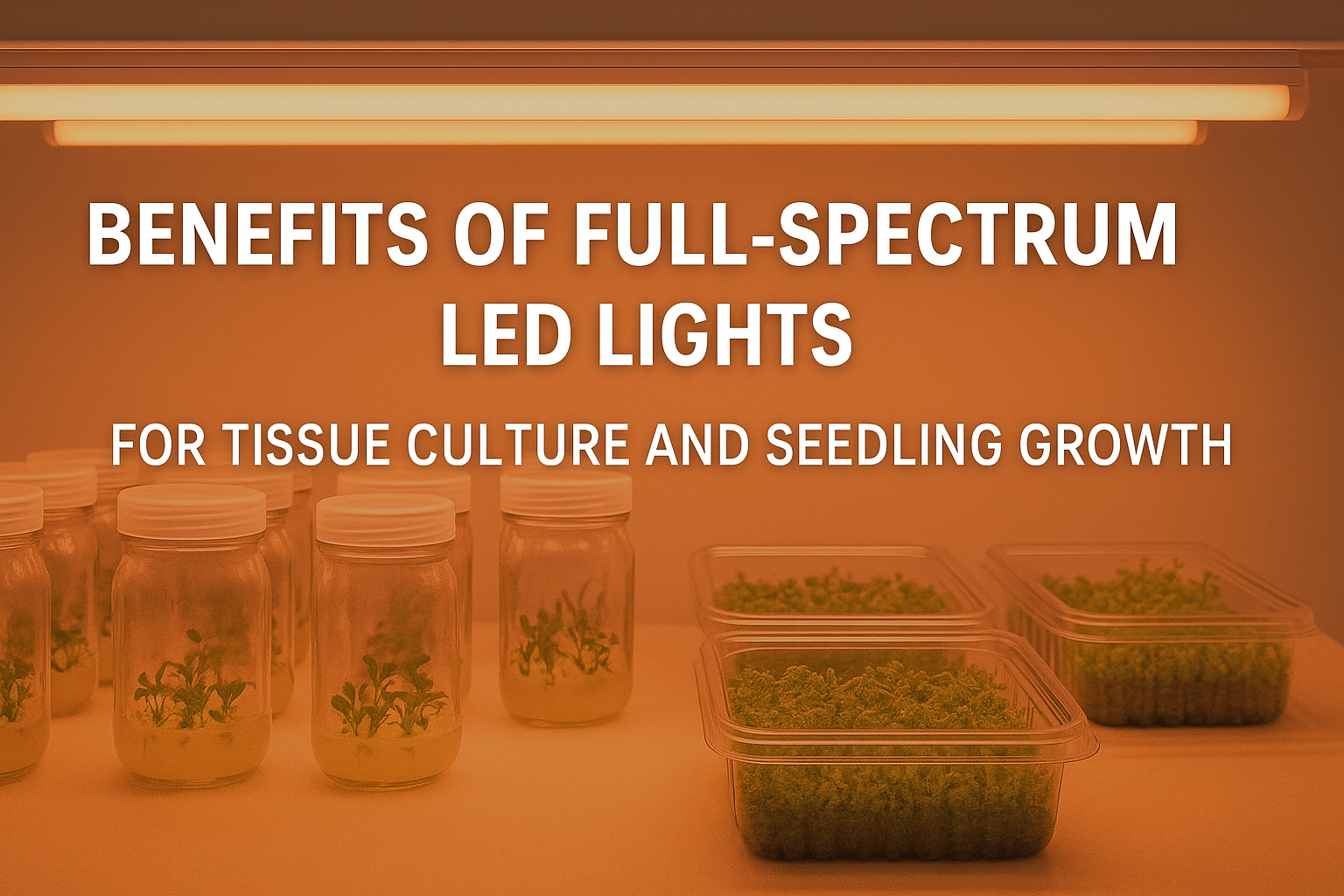
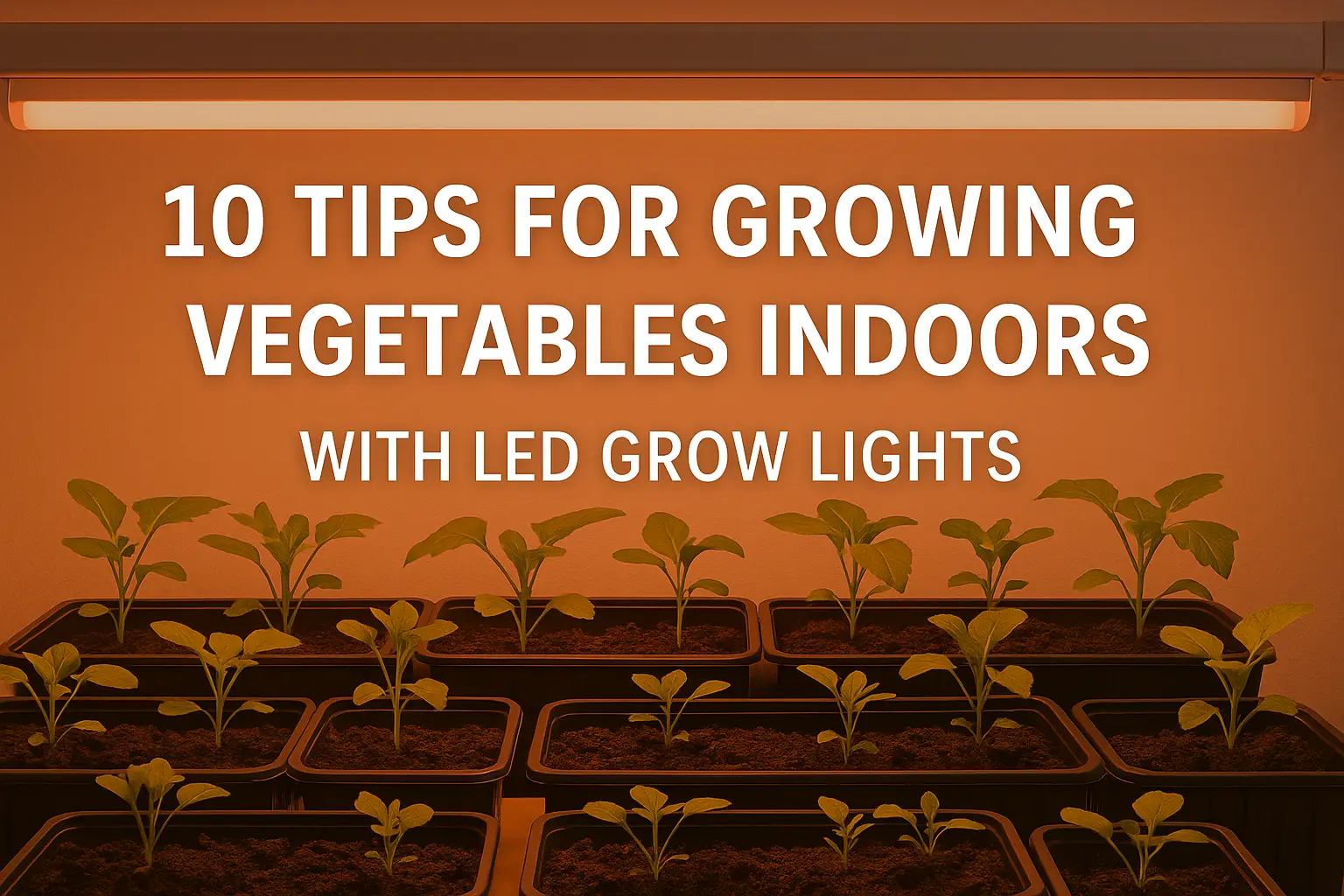
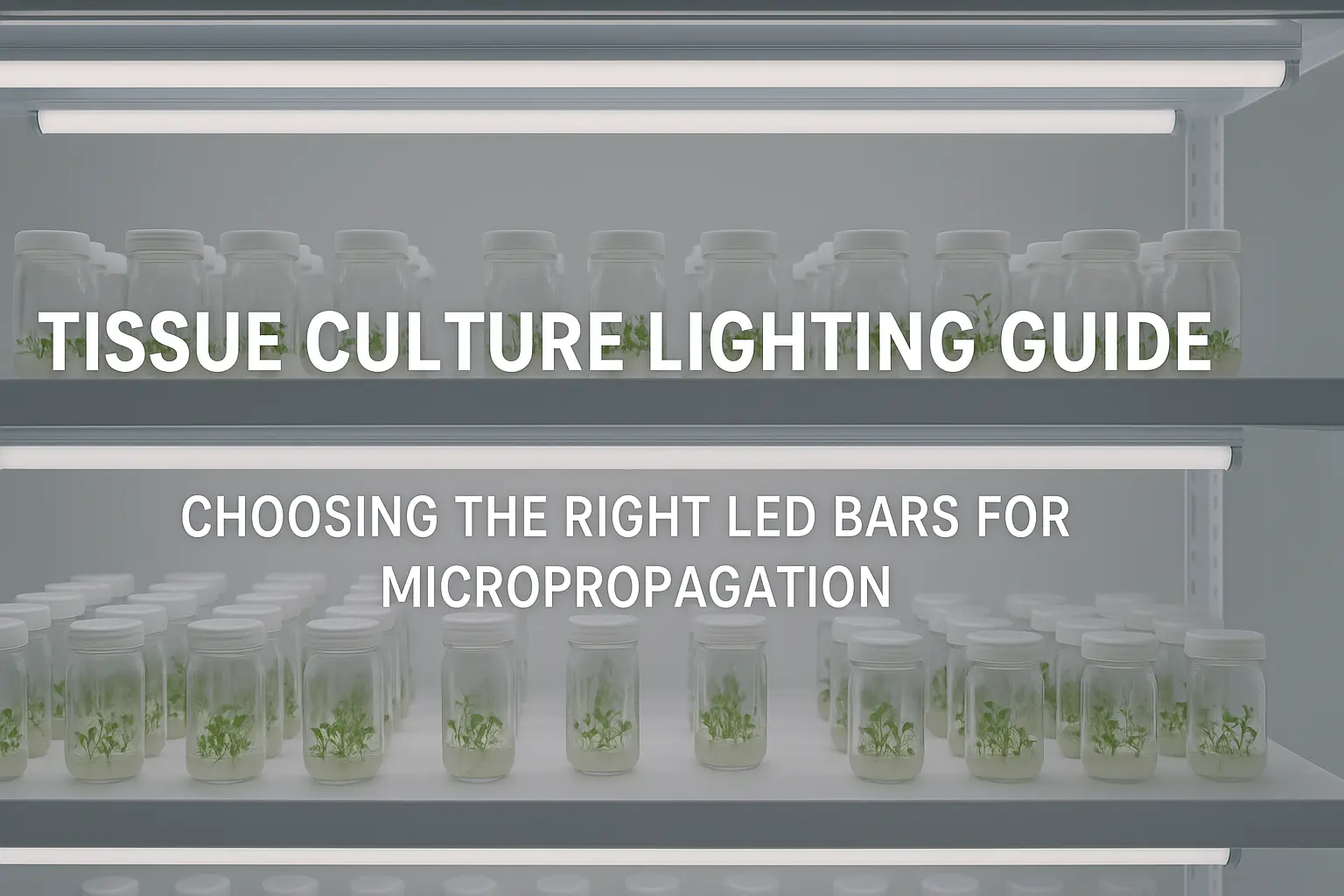
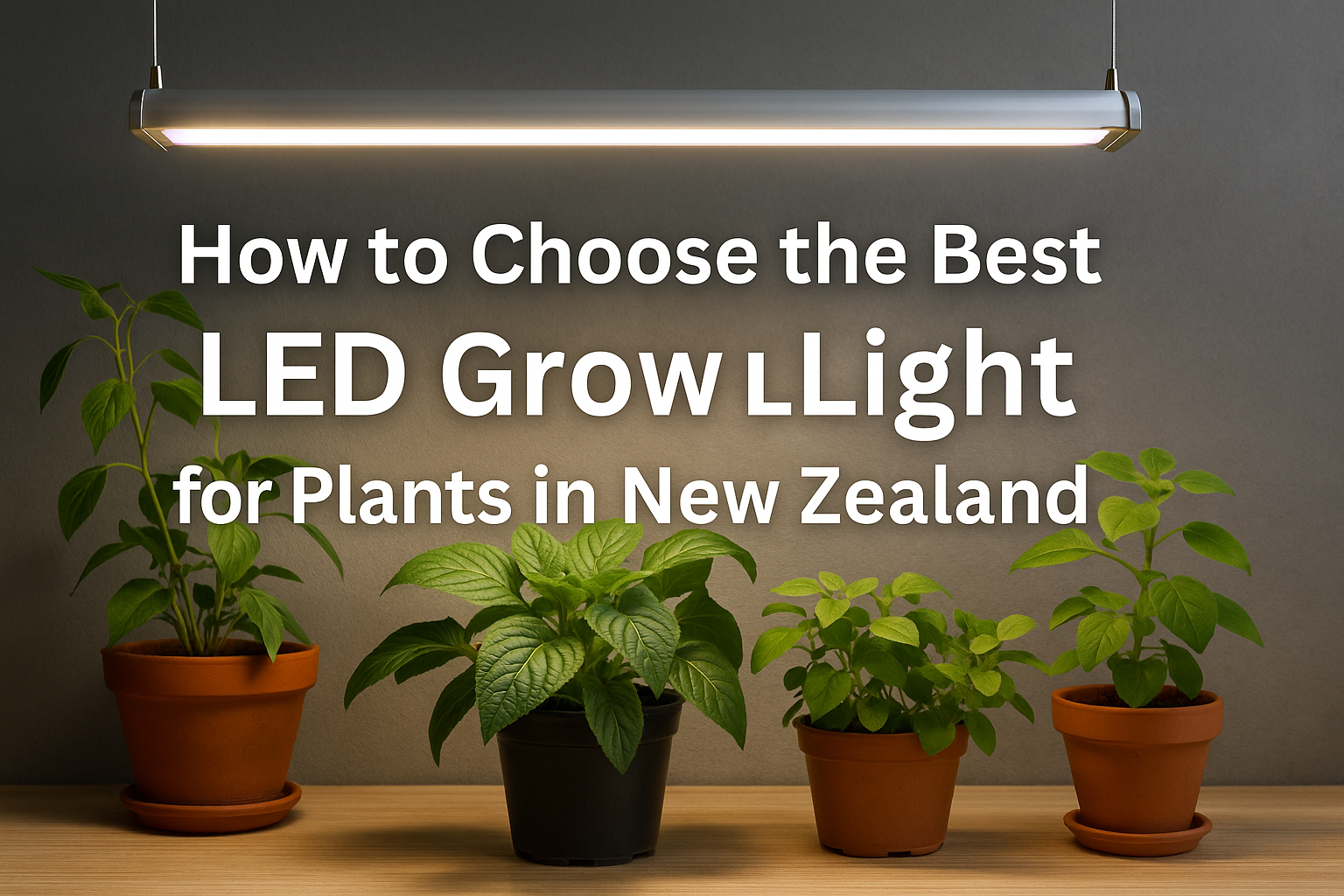



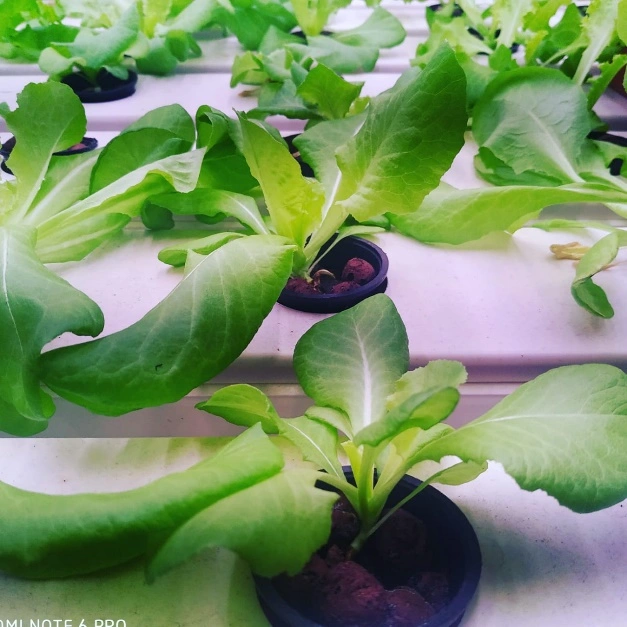

Leave A Comment